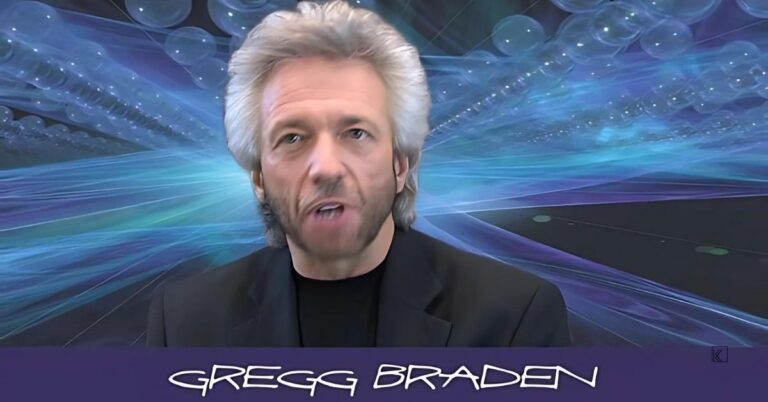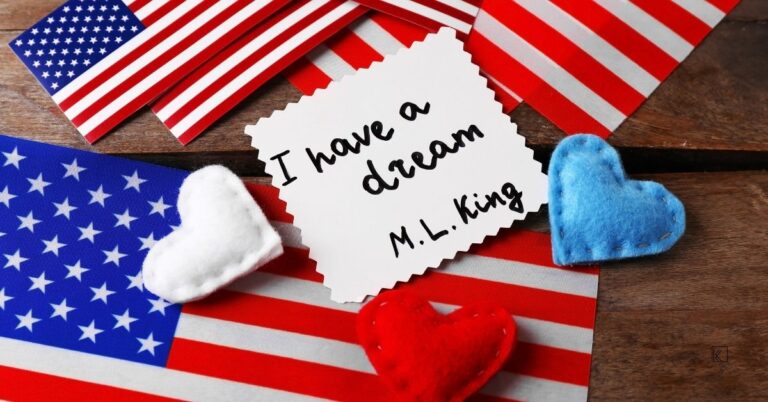Christmas is a widely celebrated festive holiday in the United States. The Christmas and holiday season begins around the end of November with a major shopping kickoff on Black Friday, the day after Thanksgiving. However, Christmas decorations and music playing in stores sometimes extend into the period between Halloween and Thanksgiving.
Many schools and businesses are closed during the period between Christmas and the New Year’s Day holiday. This time is commonly used to spend time with family, return unwanted gifts at stores, and shop after-Christmas sales. Most decorations are taken down by New Year’s or Epiphany.
Other observances considered part of the season (and potentially included in non-denominational holiday greetings such as “Happy Holidays”) include Hanukkah, Yule, Epiphany, Kwanzaa, and winter solstice celebrations.
Decorating for Christmas
The interior and exterior of houses are decorated during the weeks leading up to Christmas Eve. Christmas tree farms in the United States and Canada provide families with trees for their homes. Many opt for artificial trees, while others prefer real ones.
Many people who have farms make a special treat of going out into their forests to cut down their own trees. The Christmas tree usually stands centrally in the home, decorated with ornaments, tinsel, and lights. An angel or a star symbolizing the Star of Bethlehem is placed at the top.

Christmas Eve Traditions
Christmas Eve is popularly described as “the night before Christmas” in the poem actually titled “A Visit from St. Nicholas.” Better known as Santa Claus, he is said to visit homes while children are sleeping during the night before Christmas morning.
Fireplaces have been replaced in many homes with electronic fireplaces, but the Yule log has remained a tradition. Christmas stockings are hung on the mantelpiece for Santa Claus to fill with little gifts (“stocking stuffers”). It is a tradition throughout the United States for children to leave a glass of milk and a plate of Christmas cookies for Santa Claus nearby.
Presents that the family will exchange are wrapped and placed near the tree, including presents to be given to pets. Friends exchange wrapped presents and tell each other, “Do not open before Christmas!”
Grandparents, aunts and uncles, cousins, siblings, and occasionally guests from out of town are entertained in the home or else visited. Wrapped presents are most commonly opened on the morning of Christmas Day. However, other families choose to open all or some of their presents on Christmas Eve, depending on evolving family traditions, logistics, and the age of the children involved.
For example, adults might open their presents on Christmas Eve and minor children on Christmas morning, or everyone might open their gifts on Christmas morning. Others follow the tradition of opening family-exchanged gifts on Christmas Eve night, followed by opening the presents Santa brought on Christmas morning. Children are normally allowed to play with their new toys and games afterward.
Traditional Christmas Dinner
The traditional Christmas dinner usually features roasted turkey with stuffing (sometimes called dressing), ham or roast beef (sometimes all three), and Yorkshire puddings.
Potatoes, squash, roasted vegetables, and cranberry sauce are served along with tonics and sherries. A variety of sweet pastries and eggnog sprinkled with cinnamon and nutmeg are served in the United States.
Certain dishes, such as casseroles and desserts, are prepared with a family recipe (usually kept a secret). Fruits, nuts, cheeses, and chocolates are enjoyed as snacks.
Religious and Cultural Traditions
Other traditions include a special church service on the Sunday before Christmas and a Midnight Mass on Christmas Eve. Candlelight services are held earlier in the evening for families with children.
A reenactment of the Nativity of Jesus called a Nativity play, is another tradition.
Christmas-Related Attractions and Entertainment
Christmas-related attractions, such as the Rockefeller Center Christmas tree and Radio City Music Hall for their Christmas Spectacular, are heavily visited by tourists from all over the world, as well as native New Yorkers. Elaborate animated department store windows in New York City are also popular attractions.
Christmas music can be heard in the background. The Mormon Tabernacle Choir is one whose annual carol singing is well recognized. Another example is the Boys Choir, who can be heard singing “Christmas Time is Here,” a song featured in the animated television special “A Charlie Brown Christmas.”
Christmas symphony orchestra and choral presentations, such as Handel’s Messiah and performances of The Nutcracker ballet, are well attended. Local radio stations may temporarily switch formats to play exclusively Christmas music, with some going to an all-Christmas format as early as mid-October.
A few television stations broadcast a Yule Log without interruption for several hours. News broadcasts and talk shows feature Christmas-themed segments, emphasizing fellowship and goodwill among neighbors. Also, on television, there are a plethora of holiday-themed specials and movies.
While tradition holds that the official Christmas starts on Thanksgiving with the stores ready to receive the Christmas shopper the day after Thanksgiving, unfortunately, more and more in recent years, many stores are starting to push things for Christmas just as children are going back to school right after Labor Day.
There are even stores that open on Thanksgiving Day or that evening to get a jump on the competition. This is so wrong and really ruins the spirit of the season just to make extra dollars, it would seem.





